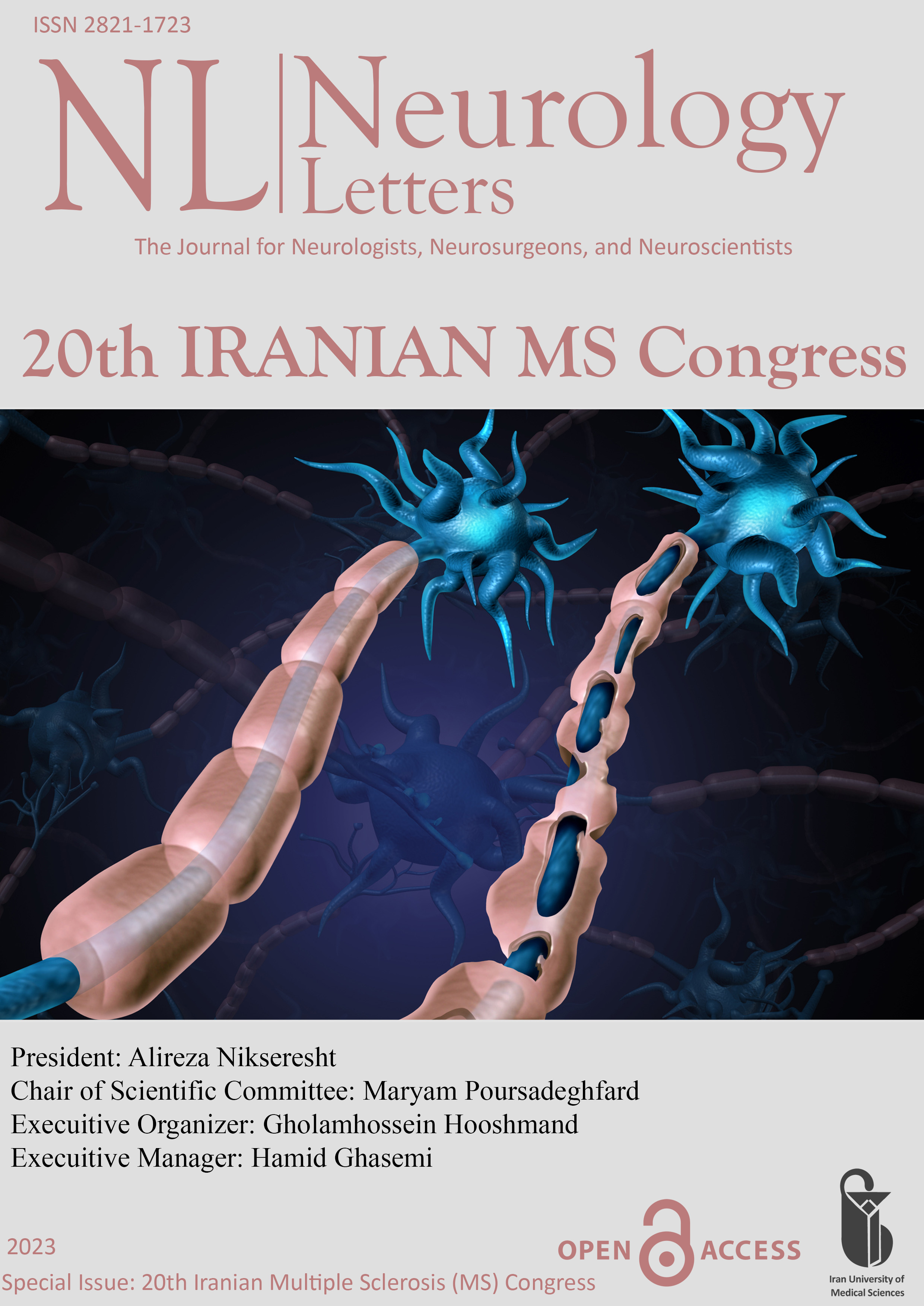Multiple sclerosis and viral hepatitis (ORP-30)
Document Type : Oral Presentation
Author
Gastroenterologist and Hepatologist, Associate Professor of Medicine, Tehran University of Medical Sciences
Abstract
Hepatitis B virus (HBV) can reactivate in patients after infection. This is because the HBV cccDNA integrates into the patient’s hepatocyte DNA. Reactivation occurs in the setting of a decreased host immune system or the occurrence of harmful HBV mutations. Multiple Sclerosis (MS) patients who receive “Disease Modifying Drugs” (DMDs) are at risk of HBV reactivation. Justified screening for HBV before starting immunotherapy is a lifesaving situation in this special group of individuals. The triple panel is a valuable method for primary screening. However, HBV viral load measurement is used when previous immunosuppression is a concern. It seems to be a reasonable approach to use prophylaxis in high-risk patients for HBV reactivation while using potent immunosuppressive DMDs in MS patients. High-risk groups include cancer chemotherapy, organ transplant, B cell–depleting agents (Rituximab), anti-TNF agents, monoclonal immune modulators, and use of 10mg of Prednisolone daily for 4 weeks. Occult HBV infection is defined when the HBs Ag is negative and anti-HB core IgG is positive with repeatedly detectable HBV DNA. Occult HBV should receive prophylaxis during Rituximab therapy and at least 18 months afterward. It is recommended to identify the early markers of HBV reactivation and apply prompt treatment to reduce the risk of fatal liver failure. Reactivation is diagnosed if there is at least a 2-log increase in HBV DNA compared to the baseline level, or HBV DNA at least a 3-log in patients with previously undetectable HBV DNA, or HBV DNA at least a 4-log if the baseline level is unavailable.
Keywords
 Neurology Letters
Neurology Letters
